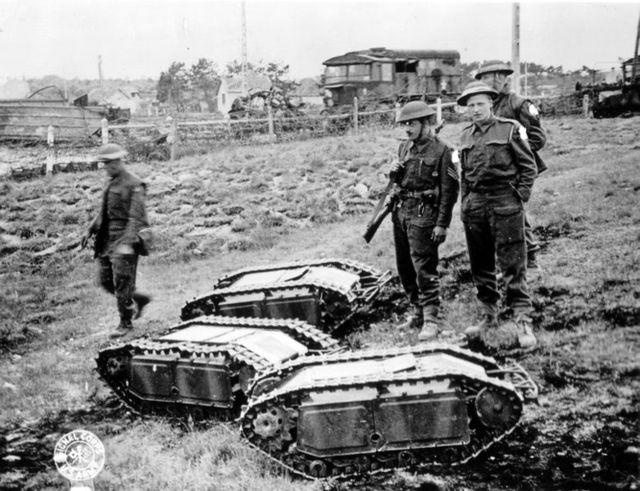During World War II, airplane factories in the US were made to look like small towns so they wouldn’t be bombing targets!

-Volcano Bombing-
In the January 1944 issue of Popular Science, the piece titled “Can We Blast Japan From Below?” presents the argument. The author, Professor Harold O. Whitnall of Colgate University, said that “[the Japanese] have made gods of [volcanoes],” and “fear of volcanoes is thoroughly ingrained in the minds of the Japanese.”
He went on to say that fear of volcanoes is so great that the act of bombing them would cause “cataclysmic terror.” The point was to not only use psychological warfare, but to turn the volcanoes into weapons of war by inducing eruptions.
Whitnall said that after Pearl Harbor, an all out attack on the Japanese homeland should have been accompanied by bombing raids on Japan’s volcanoes to hasten surrender. Obviously, it never materialized. But was it possible? Theoretically, yes.
In short, if a volcano is near its time to erupt, a bomb can be enough force to set it off. The proposal reached President Roosevelt, but was never seriously considered. Perhaps it was a good thing, because had such measures been taken, the tragic events at Hiroshima and Nagasaki might not have been the only ones.
-12 Year old in the Navy-
His name was Calvin Graham, and he enlisted in the Navy on May 1942, shortly after the attack on Pearl Harbor. The kid had an active role in the battle of Guadalcanal, serving aboard the USS South Dakota. He helped in the fire control efforts aboard the ship, something that earned him the Bronze Star and the Purple Heart.
His mom revealed his age, and was put in a brig for three months. He was released when his sister threatened to tell the newspapers. He was released and dishonorably discharged for lying about his age. His medals were taken from him.
He joined the marines when he was 17 but broke his back 3 years later. He spent the rest of his life fighting for medical benefits and a clean record. Finally, in 1988, after years of trying, he wrote to Congress telling them his story, and he was reinstated of all his medals, except for the Purple Heart.








